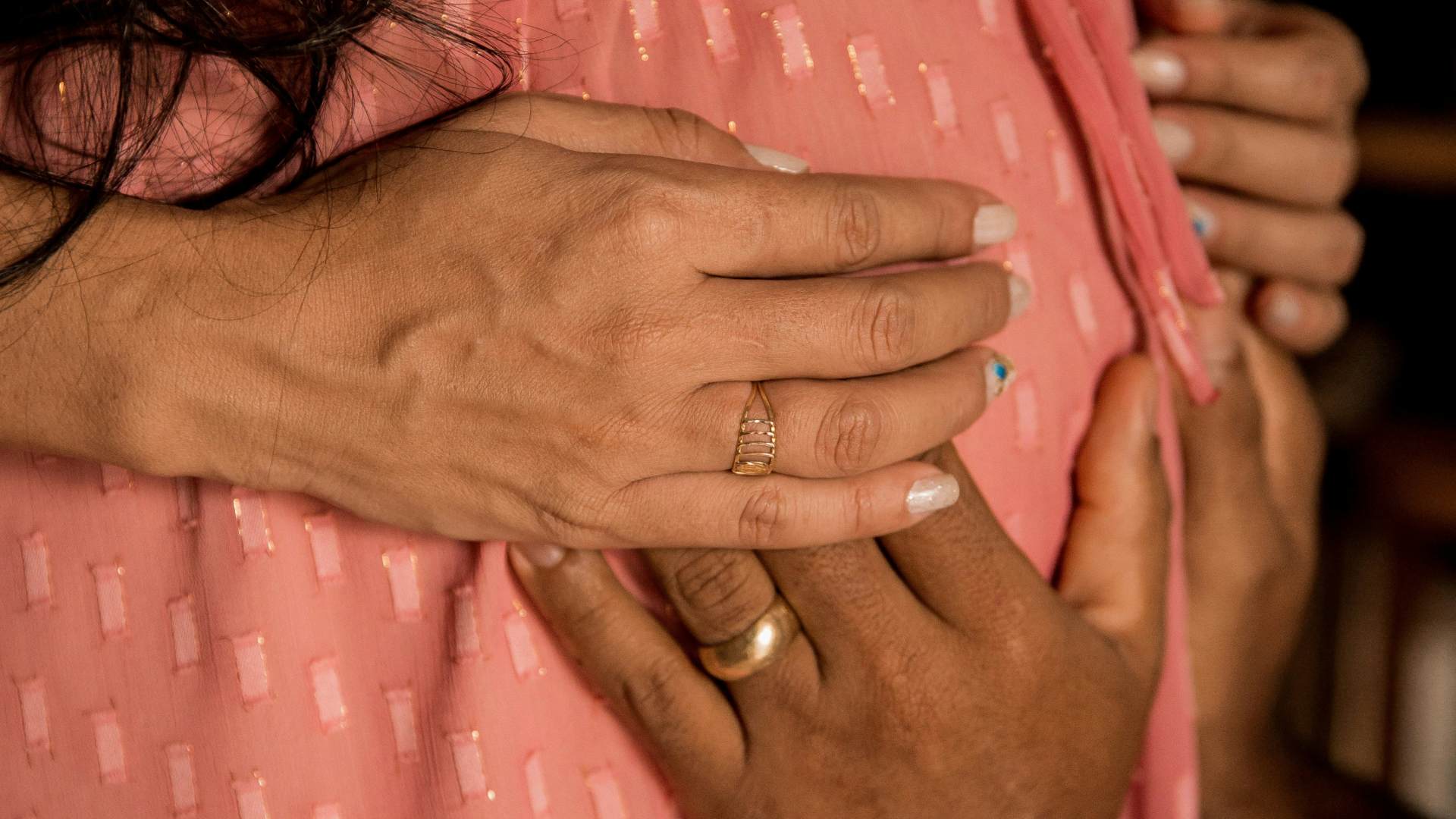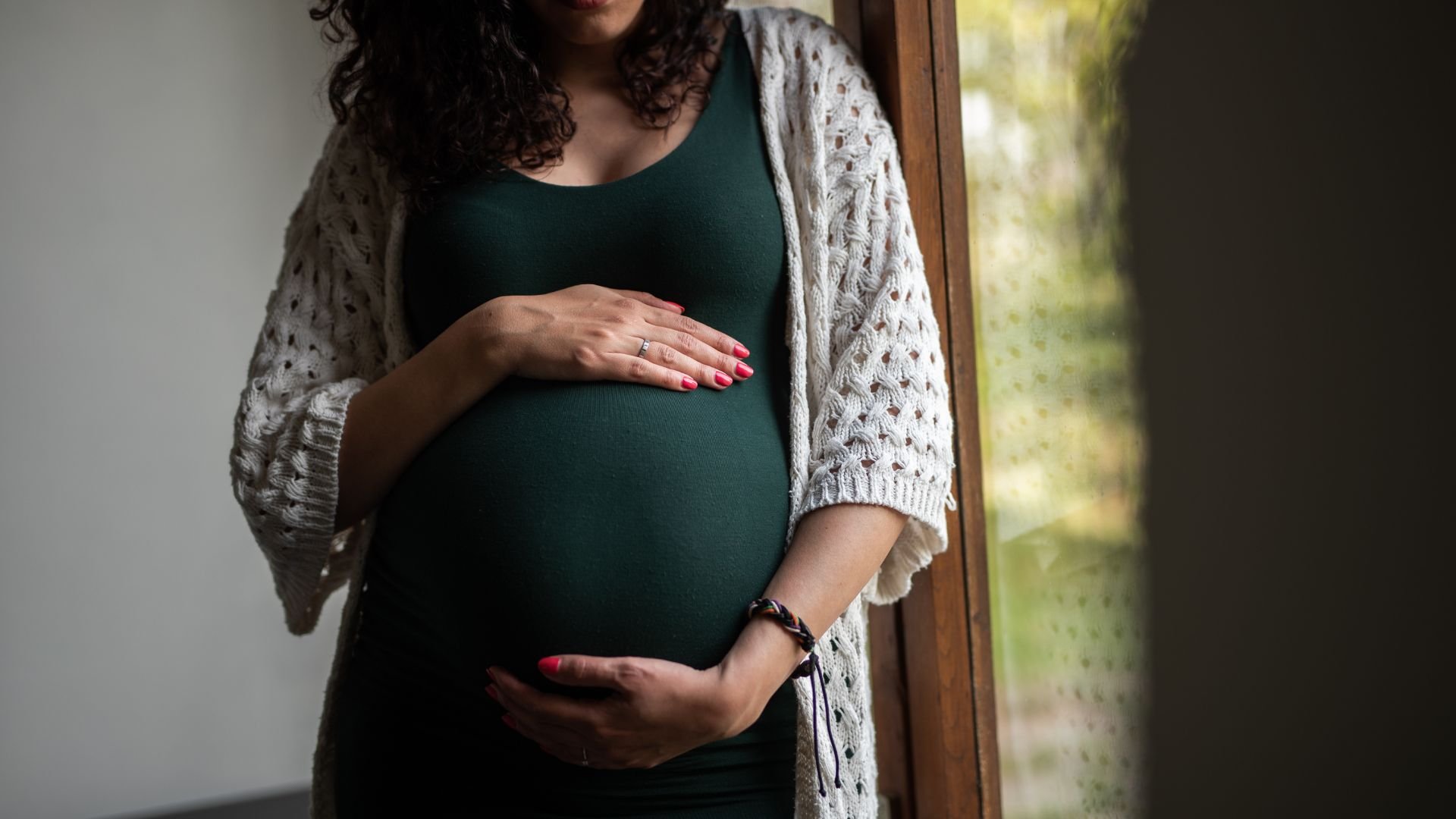A new study by the Commonwealth Fund that analyzed maternal mortality rates in several countries happened to find a worrying statistic in the United States.
Based on the data in the United States, two-thirds of maternal-related deaths happen up to a year after a woman has given birth. These deaths are coming after the point where women are in immediate medical danger from delivering their child, experienced deaths that a suitable treatment and care program can prevent 80% of.
Women Dying After Giving Birth

The researchers used US data from the Centers for Disease Control (CDC) and Prevention and the Organisation for Economic Co-operation and Development.
By examining the data it was found that 22 women die for every 100,000 live births in the US, which is higher than the 0-14 average in the other developed nations the study examined. The data showed that sixty-five percent of deaths happen after delivery.
Shocking Statistic

Researchers were appalled by how high the figures are in the United States compared to similar countries.
“This is unacceptably high. We know that nearly 80% of the deaths are preventable with the right treatment and right care for women,” Munira Z. Gunja, the lead author in the study said to ABC News.
Leaving Women Behind

Gunja felt the blame goes to the healthcare system itself, remarking that the United States has not made women’s health as much of a priority as it should be.
“In the U.S., we are really leaving women behind and not making sure we’re providing them with the right care to allow them to give birth in a safe way,” Gunja said.
What the Data Shows

Breaking down the data, 65% of pregnancy deaths occur postpartum, meaning after the birth has happened.
Of these postpartum deaths, 12% happened 1-6 days after the birth, 22% were 7-42 days postpartum, and 30% happened 43-365 days postpartum.
Black Mothers Affected the Most

The report found that US Black mothers have the highest rate of death when giving birth to children.
49.5 Black women die in the United States for every 100,000 live births. Studies have shown that there exists a health disparity in the United States for Black women compared to other groups.
Universal Healthcare

This study compared the United States with other developed countries including Australia, Canada, Chile, France, Germany, Japan, Korea, the Netherlands, New Zealand, Norway, Sweden, Switzerland, and the United Kingdom.
One particular thing to note is that all these countries besides the United States have a universal healthcare system, and the US had the highest rate of women dying per 100,000 live births.
Striving to Be Better

Gunja commented that the research highlights some things that the US could be doing better and should try to emulate these other countries.
“We know that there are many steps the U.S. could implement to really reduce or eliminate maternal deaths altogether. Other countries have been able to achieve this; the U.S. could do the same,” said Gunja.
Problems With the US

There are several problems particular to the United States that Gunja is alluding to.
For example, the United States is the only country in the report that does not guarantee one home visit within a week of a pregnancy delivery, something that could be a lifesaver for new mothers.
Lack of Midwives

The United States ranked the highest among these countries for maternal deaths per 100,000 but bucked a trend regarding midwives. It was observed that in most high-income countries, midwives outnumbered obstetrician-gynecologists.
However, in the United States, Canada, and Korea, ob-gyns outnumbered midwives.
Importance of Midwives

A midwife is a health worker specifically trained to provide care for women following pregnancy, which Gunja asserts is extremely important.
“Having a midwife … come to your home, provide care, really create a relationship with you, be a trusted source and be someone who may look like you racially or ethnically, is really also proven to be a big part in building trust,” Gunja said. “Midwives can really be a trusted source of care for patients that we don’t always get when we go to see our ob-gyn.”
Prevention is Possible

This latest study comes just weeks after a CDC report that found a decrease for the first time in maternal mortality rates in 2022 after a continuous increase over three years. Gunja is hopeful that progress can be made to prevent unnecessary deaths of women giving birth.
“We know that most of these deaths are preventable, and we know that a lot of other countries have been able to achieve near-zero or zero deaths,” Gunja said.
